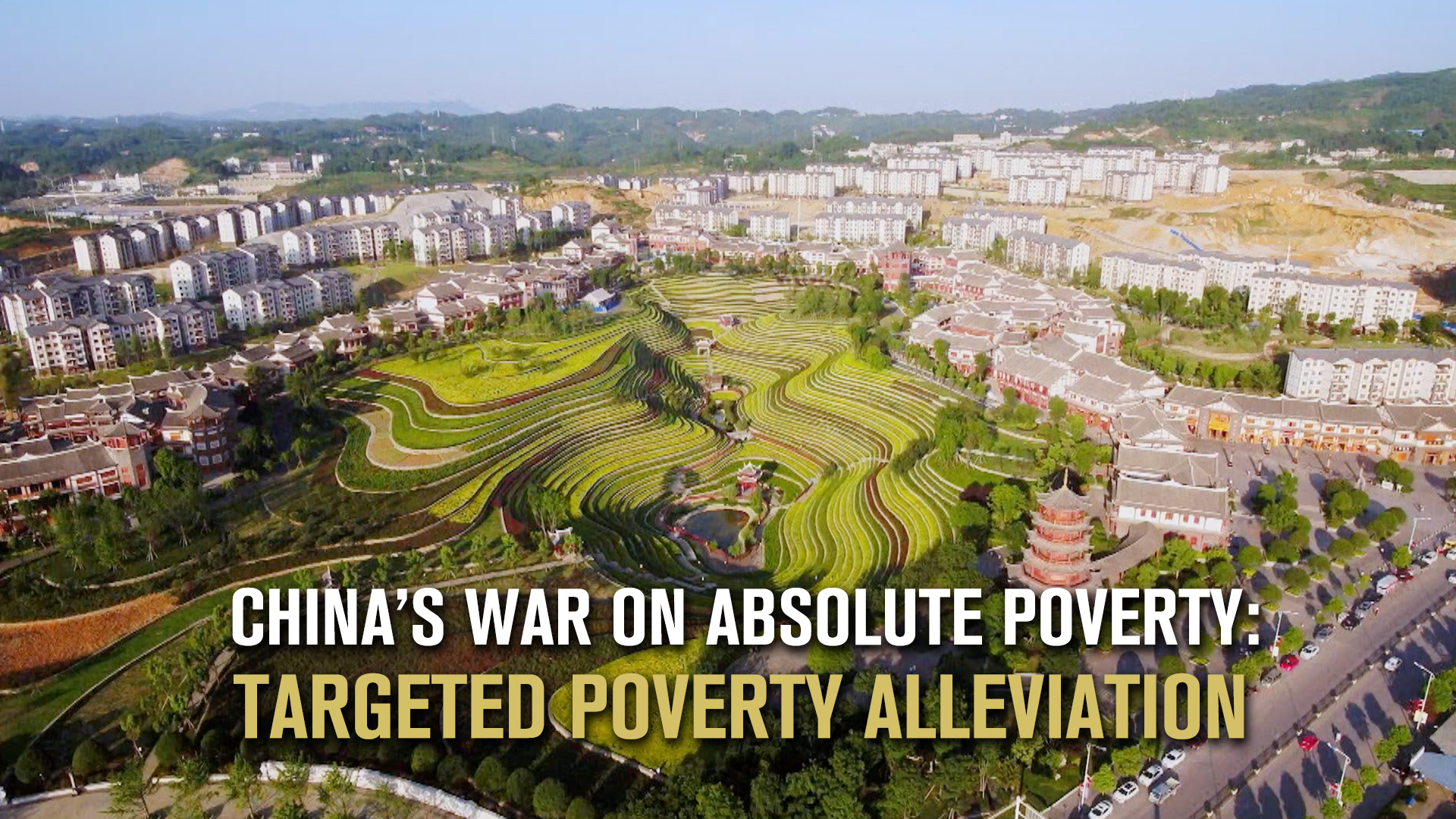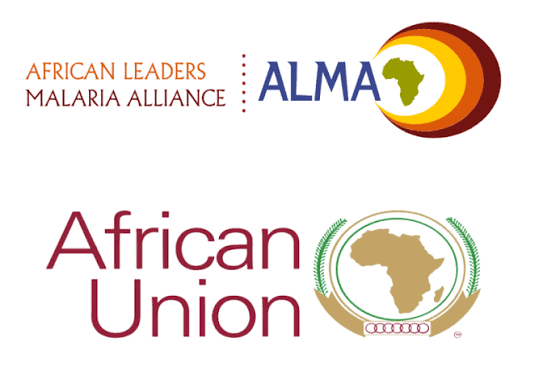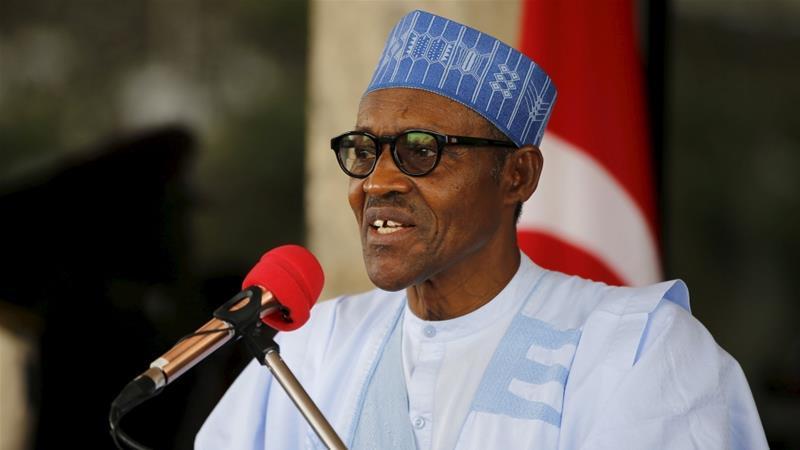Foreign news
Targeted Poverty Alleviation – The Chinese Path To Fighting Poverty

A total of 832 counties, 128,000 villages and nearly 100 million people were living in poverty. This was the reality that China had to face. The task of providing support to them all wasn’t easy, and making sure that everyone receives the exact help they needed was even harder.
“Who were these people and where were they located? If you are intent on leaving no one behind, then you have to locate each and every one of them and tailor relief measures accordingly,” said Lin Wanlong, professor of economics and management at China Agriculture University.
In November 2013, during an inspection tour of central China’s Hunan, Chinese President Xi Jinping first raised the concept of “targeted poverty alleviation.” To crystalize it, he said one should “seek truth from facts, tailor measures to suit local conditions, give targeted guidance, and be meticulous about the work.” These points have become the guiding principle in China’s fight against poverty.
The first step of the targeted poverty alleviation campaign is to locate poverty through accurate identification, which means specifying survey data by matching it with individuals and households. Are there any better-off families in impoverished counties? Are there any poor households in rich townships? How does one differentiate whether a family really needs help? These were the first challenges that the campaign had to overcome.
“When I was just assigned to the township, I was informed that there were over 2,300 households and about 8,000 people living in poverty. But nobody knew who exactly they were,” said Zhu Shengjiang, head of Yeping Town in Jiangxi Province’s Ruijin City.
In a township of over 70,000 people, a poor population of over 8,000 was scattered among 399 villager groups. Zhu and his colleagues had to go door-to-door and look meticulously into their respective family conditions. Once poverty is identified, they would set up file for the households and log their information onto system.
The ultimate aim of poverty alleviation is to ensure people don’t have to worry about food and clothing and have access to compulsory education, basic medical services and safe housing. Commonly known as the “two assurances and three guarantees,” these are the key indicators for poverty relief officials to identify who exactly needs help.
“In each household, we look at things like whether there is sufficient working capacity, whether the child is receiving education and whether all family members are healthy. If the answer is no in all these categories, then we have found a household that really needs help,” said Zeng Nenggui, director of poverty relief office in Ruijin City.
The launching of a national digital database has enabled data to cover each and every registered village, household and individual, which not only ensures the accuracy of poverty identification but helps nail down the causes of poverty for those who are in the system.
“These households are like a benchmark. What we do is to analyze their conditions and come up with tailor-made measures to lift them out of poverty,” said Lu Chunsheng, director of the Information Center of the National Bureau of Rural Development. “For example, if a family remains poor because they couldn’t receive proper education, our relief measures should include granting student loans and subsidies. If poverty is caused by a family member’s poor health conditions, we then should provide them with sufficient healthcare.”
Prescribing the right remedy is the key. Under President Xi’s guidance, the targeted poverty alleviation campaign has five key measures.
Development & Production
All 832 registered counties have formulated industrial plans to fight against poverty, with over 300,000 industrial bases in farming, planting and processing being constructed on site.
Relocation
More than 96 million registered people have moved into over 2.66 million newly constructed houses, all equipped with water, electricity, gas and internet. Transportation is convenient with better roads built.
Ecological compensation
Over 1.1 million registered people have been employed as ecological forest rangers, directly lifting a total of 3 million out of poverty.
Education
About 200,000 students who dropped out of school due to poverty have now returned to school. More than 8 million students from poor families who failed to continue their studies or get employed after finishing high school have received vocational education for free.
Social security
Since 2016, a total of 19.36 million registered people have been included in the subsistence allowance, support and relief system.
To ensure that poverty is truly lifted, the strictest assessment system has been put in place. For each county to declare it has officially left poverty behind, it has to be thoroughly assessed by a third-party inspection team.
“We have never encountered such rigorous measures,” said Zhang Shibin, former director of the poverty alleviation office of Yunnan Province’s Luquan Yi and Miao Autonomous County. ” During the third-party inspection, village officials are not even allowed to follow these teams into the village.”
The targeted poverty alleviation campaign has perfectly embodied China’s practical and down-to-earth approach in battling poverty, opening up a path that accommodates the country’s realities while reflecting unique Chinese characteristics.
Featured
Financing Health Futures: Nigeria, Ghana, Uganda Turn to Tobacco and Telecom Taxes in Big Push Against Malaria

African leaders, parliamentarians, health experts, and development partners have renewed their commitment to ending malaria by 2030, with a bold call for domestic financing through innovative taxation on tobacco, alcohol, and telecom services to close critical funding gaps.
The discussions took center stage at the Big Push Against Malaria: Harnessing Africa’s Role high-level political engagement in Abuja, where Nigeria, Ghana, and Uganda showcased new homegrown financing strategies aimed at reducing dependence on dwindling donor support.
Africa’s Heavy Burden
Malaria remains one of Africa’s deadliest diseases. In 2023, the world recorded 263 million cases and nearly 600,000 deaths, with 94% of cases and 95% of deaths occurring in Africa. Nigeria alone accounted for 26.6% of global cases and 31% of deaths, according to the World Malaria Report 2024. Children under five remain the most vulnerable, making up 76% of deaths.
Despite progress — with Nigeria cutting malaria deaths by more than half since 2000 through insecticide-treated nets, preventive treatments, and the rollout of the new R21 malaria vaccine — leaders warned that global targets are off-track. The World Health Organization’s technical strategy for malaria (2016–2030) has stalled since 2017, with Africa unlikely to meet its 2025 and 2030 milestones without urgent action.
Taxing for Health Futures
The Nigerian Parliament’s Committee on HIV/AIDS, Tuberculosis, and Malaria (ATM) announced plans to fund malaria elimination through “sin taxes” and telecom levies.
According to the House Chair on ATM, Hon. Linda Ogar, a bill is underway to restructure the National Agency for the Control of AIDS (NACA) into a multi-disease agency that will address HIV, TB, and malaria.
The new financing mechanism proposes:
Taxes on tobacco, alcohol, and other luxury items
Dedicated levies on telecom airtime and mobile money transactions
A percentage of the nation’s consolidated revenue
“These resources will provide sustainable funding to strengthen health systems and accelerate malaria elimination,” Ogar said, stressing that Africa must stop relying solely on foreign donors. “We cannot continue to take two steps forward and five steps backward. Africa must begin to show the world that we are ready to solve our problems ourselves.”
Similar models are already being piloted in Ghana and Uganda, where levies on mobile money and telecoms are being redirected to finance health interventions. The Abuja meeting urged other African countries to adopt this approach as part of a continental framework for sustainable financing.
Leaders Call for Urgent Action
Nigeria’s Minister of State for Health and Social Welfare, Dr. Iziaq Adekunle Salako, emphasized that while malaria is preventable and treatable, it still kills hundreds of thousands yearly due to funding shortfalls, climate change, insecticide resistance, and humanitarian crises.
“To truly defeat this disease, we must rethink, join forces, and mount a concerted ‘Big Push’. Funding gaps remain a major obstacle, and innovative domestic financing is the way forward,” Salako declared.
From the civil society front, grassroots representatives pledged to act as “foot soldiers”, demanding that communities have a seat at the decision-making table. The World Health Organization, Bill & Melinda Gates Foundation, Aliko Dangote Foundation, and other partners reaffirmed support but stressed the need for stronger political will and local ownership.
Private Sector and Global Support
Representing billionaire philanthropist Aliko Dangote, the Nigeria Malaria Council reiterated that private sector investment must complement government financing. Meanwhile, the Global Fund confirmed it has invested nearly $2 billion in Nigeria’s malaria response and committed an additional $500 million for 2024–2026, including support for local production of malaria drugs.
The Gates Foundation’s Uche Anaowu noted that while progress has slowed, malaria remains beatable:
“Smallpox is the only human disease ever eradicated. The question is — can malaria be next? I believe Africa has both the burden and the opportunity to lead the world in making that happen.”
Financing Health Futures: Nigeria, Ghana, Uganda Turn to Tobacco and Telecom Taxes in Big Push Against Malaria
Abuja, Nigeria – African leaders, parliamentarians, health experts, and development partners have renewed their commitment to ending malaria by 2030, with a bold call for domestic financing through innovative taxation on tobacco, alcohol, and telecom services to close critical funding gaps.
The discussions took center stage at the Big Push Against Malaria: Harnessing Africa’s Role high-level political engagement in Abuja, where Nigeria, Ghana, and Uganda showcased new homegrown financing strategies aimed at reducing dependence on dwindling donor support.
Africa’s Heavy Burden
Malaria remains one of Africa’s deadliest diseases. In 2023, the world recorded 263 million cases and nearly 600,000 deaths, with 94% of cases and 95% of deaths occurring in Africa. Nigeria alone accounted for 26.6% of global cases and 31% of deaths, according to the World Malaria Report 2024. Children under five remain the most vulnerable, making up 76% of deaths.
Despite progress — with Nigeria cutting malaria deaths by more than half since 2000 through insecticide-treated nets, preventive treatments, and the rollout of the new R21 malaria vaccine — leaders warned that global targets are off-track. The World Health Organization’s technical strategy for malaria (2016–2030) has stalled since 2017, with Africa unlikely to meet its 2025 and 2030 milestones without urgent action.
Taxing for Health Futures
The Nigerian Parliament’s Committee on HIV/AIDS, Tuberculosis, and Malaria (ATM) announced plans to fund malaria elimination through “sin taxes” and telecom levies.
According to the House Chair on ATM, Hon. Linda Ogar, a bill is underway to restructure the National Agency for the Control of AIDS (NACA) into a multi-disease agency that will address HIV, TB, and malaria.
The new financing mechanism proposes:
Taxes on tobacco, alcohol, and other luxury items
Dedicated levies on telecom airtime and mobile money transactions
A percentage of the nation’s consolidated revenue
“These resources will provide sustainable funding to strengthen health systems and accelerate malaria elimination,” Ogar said, stressing that Africa must stop relying solely on foreign donors. “We cannot continue to take two steps forward and five steps backward. Africa must begin to show the world that we are ready to solve our problems ourselves.”
Similar models are already being piloted in Ghana and Uganda, where levies on mobile money and telecoms are being redirected to finance health interventions. The Abuja meeting urged other African countries to adopt this approach as part of a continental framework for sustainable financing.
Leaders Call for Urgent Action
Nigeria’s Minister of State for Health and Social Welfare, Dr. Iziaq Adekunle Salako, emphasized that while malaria is preventable and treatable, it still kills hundreds of thousands yearly due to funding shortfalls, climate change, insecticide resistance, and humanitarian crises.
“To truly defeat this disease, we must rethink, join forces, and mount a concerted ‘Big Push’. Funding gaps remain a major obstacle, and innovative domestic financing is the way forward,” Salako declared.
From the civil society front, grassroots representatives pledged to act as “foot soldiers”, demanding that communities have a seat at the decision-making table. The World Health Organization, Bill & Melinda Gates Foundation, Aliko Dangote Foundation, and other partners reaffirmed support but stressed the need for stronger political will and local ownership.
Private Sector and Global Support
Representing billionaire philanthropist Aliko Dangote, the Nigeria Malaria Council reiterated that private sector investment must complement government financing. Meanwhile, the Global Fund confirmed it has invested nearly $2 billion in Nigeria’s malaria response and committed an additional $500 million for 2024–2026, including support for local production of malaria drugs.
The Gates Foundation’s Uche Anaowu noted that while progress has slowed, malaria remains beatable:
“Smallpox is the only human disease ever eradicated. The question is — can malaria be next? I believe Africa has both the burden and the opportunity to lead the world in making that happen.”
The Big Push: From Talk to Action
Speakers acknowledged that Africa has hosted too many malaria meetings without concrete outcomes. This time, however, leaders insisted the Abuja gathering must mark a turning point — from dependency to self-reliance.
With Nigeria, Ghana, and Uganda setting the pace on tax-based health financing, the continent now faces the challenge of replicating and scaling up these models.
“Now that Africa is at a critical point, the need for a Big Push against malaria cannot be overemphasized. If we align political will, innovative financing, and community engagement, we can end malaria within our lifetime.”
Nigeria, Ghana, and Uganda are pioneering a shift from donor dependence to domestic revenue mobilization via tobacco, alcohol, and telecom taxes — a model hailed as central to financing Africa’s health futures and ending malaria by 2030
Speakers acknowledged that Africa has hosted too many malaria meetings without concrete outcomes. This time, however, leaders insisted the Abuja gathering must mark a turning point — from dependency to self-reliance.
With Nigeria, Ghana, and Uganda setting the pace on tax-based health financing, the continent now faces the challenge of replicating and scaling up these models.
“Now that Africa is at a critical point, the need for a Big Push against malaria cannot be overemphasized. If we align political will, innovative financing, and community engagement, we can end malaria within our lifetime.”
Nigeria, Ghana, and Uganda are pioneering a shift from donor dependence to domestic revenue mobilization via tobacco, alcohol, and telecom taxes — a model hailed as central to financing Africa’s health futures and ending malaria by 2030
-

 Featured6 years ago
Featured6 years agoLampard Names New Chelsea Manager
-

 Featured6 years ago
Featured6 years agoFG To Extends Lockdown In FCT, Lagos Ogun states For 7days
-

 Featured6 years ago
Featured6 years agoChildren Custody: Court Adjourns Mike Ezuruonye, Wife’s Case To April 7
-

 Featured6 years ago
Featured6 years agoNYSC Dismisses Report Of DG’s Plan To Islamize Benue Orientation Camp
-

 Featured4 years ago
Featured4 years agoTransfer Saga: How Mikel Obi Refused to compensate me After I Linked Him Worth $4m Deal In Kuwait SC – Okafor
-
Sports3 years ago
TINUBU LAMBAST DELE MOMODU
-

 News10 months ago
News10 months agoZulu to Super Eagles B team, President Tinubu is happy with you
-
Featured6 years ago
Board urges FG to establish one-stop rehabilitation centres in 6 geopolitical zones
